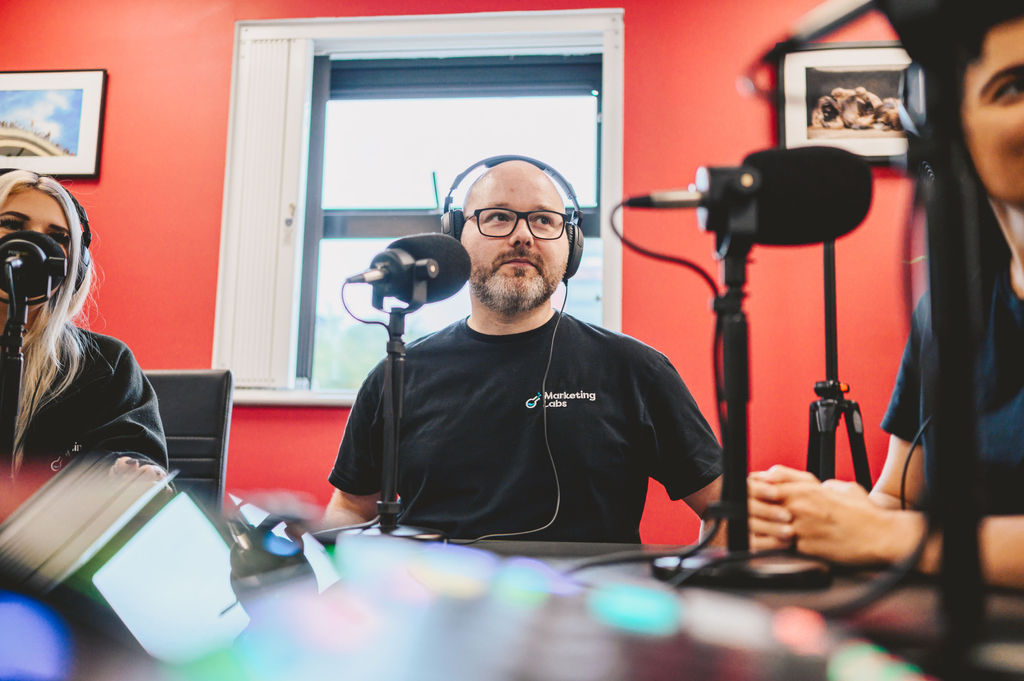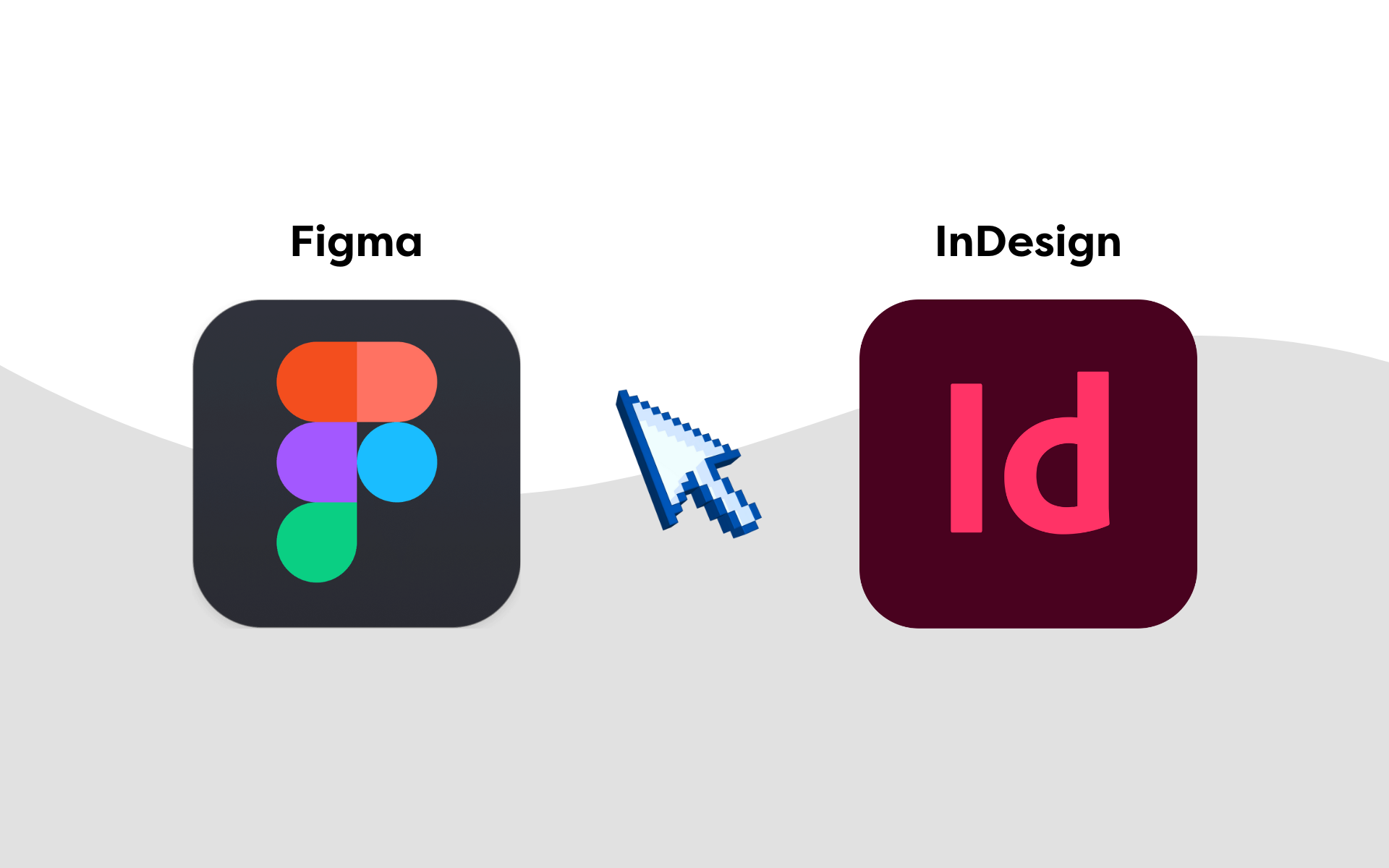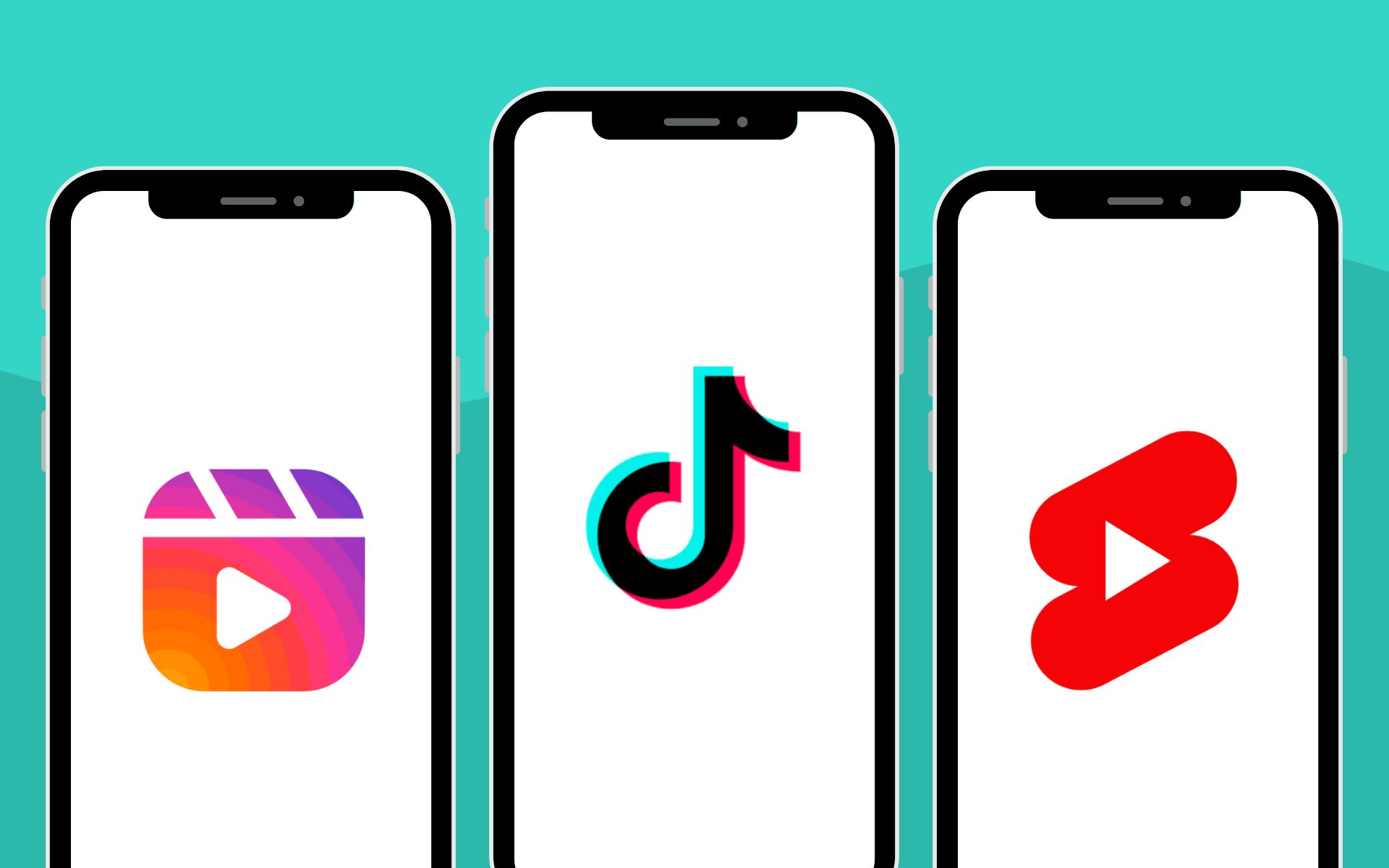If you’re managing your PPC & SEO separately, you could be missing valuable opportunities to improve your tactics and drive results. We have a saying at Marketing Labs – one plus one equals three. (No, we’re not bad at maths).
Simply put, it means that the output of combining PPC and SEO is more powerful than using just one tactic or managing them in silo.
In this blog, we look at how PPC and SEO can work together to drive results.
What is the difference between PPC & SEO?
The difference between SEO and PPC is relatively simple. Both fall under the banner of ‘search marketing’, but one is paid for, and the other is the result of optimising your website.
Let’s break that down further.
- SEO (search engine optimisation) is the process of optimising your website for Google to crawl and rank your content. You’ll rank highly on the results page for relevant keywords if you do this well enough (and better than your competitors).
- PPC (pay-per-click) is similar to SEO in that it’s activated via a search query on Google or a similar search engine, but this space is paid for. The highest-paying bidder wins the space for that keyword.
The first four listings on Google are usually text ads that look similar to SEO listings. If you set these up for your business, they’ll appear when you have the budget to pay for them. By definition, you only pay for this type of advert when someone clicks on it.
There are also other types of assets that can be served with your ads, like images and video, which can make them unique and appealing to users, encouraging the click.
In the example below, the first listing is a paid-for ad from Matalan, and the second is an organic (free) listing from Asda, which Google deemed the most relevant for the search term – “school uniform”.
The two look very similar, and it can be difficult to distinguish between them.
Combining SEO and PPC marketing strategies
Although they exist in the same space, SEO and PPC marketing strategies are often very different. For SEO, ranking high is critical. Visibility beyond the first page of results is very limited, and it can be a long, hard slog to rank competitively.
This is true for PPC services; however, you have more control over your ad’s position and the keywords it ranks for. If you need to, you can ramp up results quickly.
For PPC specifically, you have to think about efficient return on investment, and this is where combining your PPC strategy with SEO can pay dividends.
There are several ways to utilise the synergies between the two.
Utilising PPC to inform your SEO strategy can be valuable, especially for retail businesses. Equally, you can use what you’ve learned during the SEO process to inform your PPC tactics, especially on topicality and relevancy.
Google rankings can be an excellent gauge of how people see and use your website versus your competitors.
There are thousands of ways to take advantage of combining PPC & SEO. We’ve listed a few examples below, but it’s also worth considering how this could apply to your business.
If you’re in any doubt, contact an SEO and PPC agency, like Marketing Labs, for help.
How can PPC and SEO work together?
I’ve pulled together a handful of examples showing how PPC and SEO can work together to grow your business. What follows will hopefully provide some starting points for you to investigate for yourself.
1. Dominate real-estate
Top of page matters! Most clicks from search queries come from links at the top of the page. Dominating this space can be powerful!
If you appear more frequently than your competitors, it can remind users of your position as an authority in the industry and can generate a higher click-through rate (CTR). And because this is one of Google’s ranking signals, it can also indirectly impact other topicality segments you may be targeting.
Of course, this tactic relies on ranking well organically, which can take time to achieve.
2. Product performance
PPC can be used to understand the areas of your business that perform well and those that don’t. If you know what you’re doing, you can use this treasure trove of data to inform other aspects of your business, from page layout and content to product naming convention and even procurement.
PPC and, more specifically, Google shopping is a great way to harness data quickly. Looking at impression and click-through data will indicate how individual products and product ranges compare and how competitive the market is.
You can also filter ad traffic in your analytics platform to understand usability behaviours and what users do after visiting the initial landing page.
A high bounce rate could be a sign you need to improve your page template or that the content on the page isn’t sufficient. If this is only the case for one product category or range, it may be that competitive pricing is the issue.
This data and subsequent page enhancements will also help your SEO by improving user engagement and experience. Enhancing page performance will drive real results by providing the best possible experience and ticking other SEO boxes.
3. Understanding engagement and stickiness
It’s possible to use PPC and shopping (via Google PMax) to test user experience on your site. It can help you understand which images, content, unique selling points (USP), call-to-actions (CTA), features, and page layouts keep users engaged longer.
Using analytics, you can see all the different combinations of journeys users make, then try to understand why they make them, especially if it’s different from what you’d expect.
This process doesn’t have to be product-focused; the purpose of this is to match the site content and objectives with the customer’s intent when searching for specific relevant keywords (obviously, keywords you’d target for SEO rankings).
Improving stickiness and engagement is an essential signal for search engines and an indication that the user’s query was well answered. The idea here is that the user doesn’t need to return to search and click other competitor sites to find the answers they need or make a revised search to find better answers.
If you answer the query well, users will engage with your site longer, and the next action for them may naturally be away from it. In this instance, time on the page is a more important KPI (key performance indicator) than bounce rate.
High bounce rates are sometimes confused with poor performance, but it isn’t always bad. Unfortunately, you won’t know whether a user has returned to search to check other content. However, if you have high engagement and time metrics, it’s quite unlikely.
This process should be iterative and will certainly help your SEO efforts over time.
4. Important copy headline and descriptions
Ad copy is a great way to identify what resonates for customers from your range of keywords relevant to PPC and SEO.
Reviewing ad copy for best-performing headlines relevant to specific keywords can indicate what users find most helpful when searching.
Using these for your page titles can then improve the click-through rate (CTR) for your organic listings, which can encourage ranking growth. If you rank in position four and have a higher CTR than position three, you won’t stay behind them for long.
You can get creative here, but it’s best to avoid direct ad copy replicas in page titles. Ads are usually direct and sales-led, so taking the theme and intent from ad headlines and softening is a great area to test for SEO.
Little tweaks can make the difference between the first page and the top three.
5. Ad extensions and features
Ad extensions can also highlight important insights from data collected from ads. Where you have ad extensions relevant to keyword themes, how Google and other search engines display these, and how users engage with them can offer great insights into what users find helpful.
Creating content and landing page features containing this information could be very helpful.
6. Identifying important keywords
PPC can be a great way to find popular keywords relevant to your identified SEO keywords. There are many ways to perform gap analysis, but an often overlooked option is to see what keywords drive ad impressions and, more importantly, ad clicks.
If you have a well-segmented and structured ads account, your keyword topicality should be tight and relevant, so looking through what queries drove ad impressions and clicks is a good way of understanding how relevant users see your site.
Ad copy is an essential factor here, alongside competition from other brands. But this can be a goldmine for detailed and valuable data to enhance your PPC and SEO strategy and the long-term performance of both channels.
The key takeaway on PPC & SEO
There are many different ways that SEO and PPC can work well together. Unfortunately, most businesses often see them as separate channels and treat them as such. Larger organisations typically split them into separate work areas, managed by different teams in isolation.
There is enormous value in combining strategies or, at the very least, using insights generated from one to inform the other. PPC & SEO work well together, and both should be part of your marketing strategy.
How often have you heard a phrase like “We’ll get these important dev changes done then hand it over to the SEO team” or at the start of a big project or web redesign, “SEO will have input towards the end…” My guess is, if you work in big business, you’ll hear it often.
Combined, they offer greater insights and inform broader thinking. Make sure you don’t under-utilise this option.
If you’ve enjoyed reading this post, you might find our other digital marketing resources useful.






